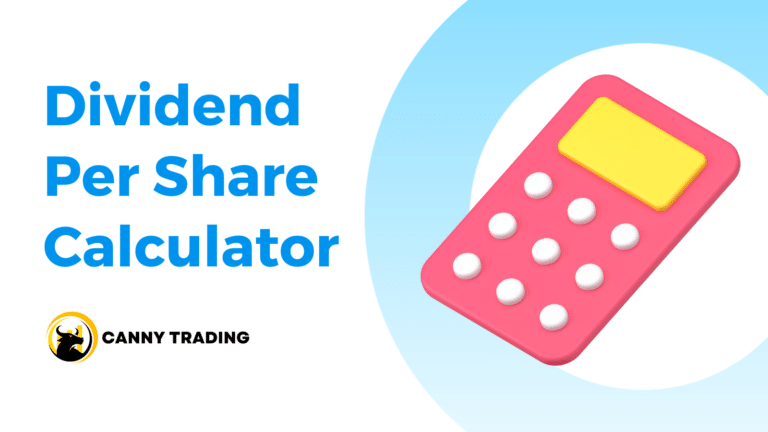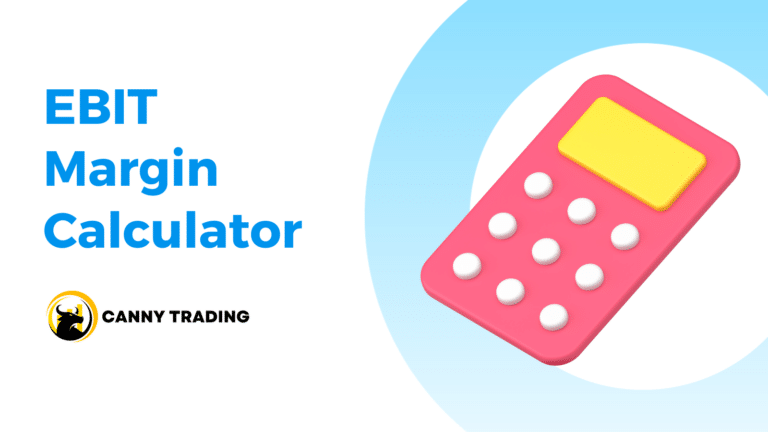The Difference Between Two Methods in this Calculator
Our Future Value Calculator offers two methods to address different financial scenarios. The first method calculates the future value of a lump sum. You can use this method when you have an initial investment without any other periodic payments, and want to know the investment’s value at a future date.
The second method calculates the future value of periodical deposits. It is for regular investments, like monthly deposits into a savings account. It shows the accumulated value of these regular deposits over time, factoring in interest.
These two methods serve distinct purposes. The lump sum calculation is ideal for one-time investments. The periodic deposit method suits ongoing investment strategies. Both provide valuable insights for financial planning.
Future Value Formula for Single Investment
The future value formula for a lump sum calculates how much a present amount of money will be worth, considering a certain interest rate over a specific period. The formula is:
Future Value = Present Value × (1 + Interest Rate)^(Number of Periods)
Where:
- Present Value (PV): The initial amount of money you have or invest.
- Interest Rate (r): The rate at which you expect your money to grow. It’s usually annual but could be monthly or quarterly.
- Number of Periods (t): The time over which your money grows. It could be years, months, or quarters, depending on the interest rate period.
Let’s use an example to understand how the formula works. Imagine you have $1,000 that you want to invest in a savings account with an annual interest rate of 5%. You plan to leave this investment untouched for 10 years. Let’s calculate the future value of this investment.
- Present Value = $1,000.
- Interest Rate = 5%.
- Number of Periods = 10.
Plug these values into the formula:
Future Value = 1000 × (1 + 0.05)^10 ≈ 1628.89
By calculating this, you can see the power of compound interest over time and how your initial investment grows.
Future Value Formula for Periodic Investments
The future value formula for periodic investments calculates the total value of a series of regular deposits at a future date, considering a specific interest rate. The formula is:
Future Value = P × ((1 + r)^n − 1) / r
Where:
- P is the periodic investment amount.
- r is the interest rate per period.
- t is the total number of investments.
This formula accounts for the growth of each investment and the cumulative effect of multiple investments over time. It provides a clear picture of how regular savings can accumulate, factoring in the power of compound interest.
To better understand this calculation, let’s use a detailed example using the future value formula for periodic investments. Suppose you plan to save for a future goal, like a down payment on a house. You decide to invest $200 monthly in an account with an annual interest rate of 4%. You aim to calculate the total value of these investments after 5 years. The details you need are:
- Periodic Investment (P) = $200.
- Interest Rate per Period (r): The annual interest rate is 4%, but the monthly rate is needed since the investments are monthly. This is calculated as 4% divided by 12, or 0.04/12 ≈ 0.0033 in decimal form.
- Total Number of Investments (t): As you save for 5 years with monthly investments, t = 5×12 = 60 months.
Inserting these into the formula:
Future Value = 200 × ((1 + 0.0033)^60 − 1) / 0.0033 ≈ $13,246.37
This calculation reveals the total value of your investments after 5 years, with monthly investments of $200 and an annual interest rate of 4%, compounded monthly. It illustrates the future benefits of regular investments and demonstrates the significant impact of compound interest over time.









